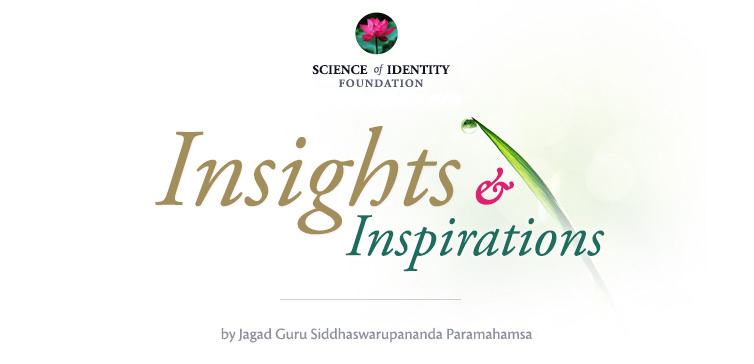Are you really your body?

An excerpt from Who Are You? Discovering Your Real Identity by Chris Butler
You are your body, right? You are chemical in essence ... right? At least, that’s what one of America’s most influential scientists claims:
I am a collection of water, calcium and organic molecules called Carl Sagan. You are a collection of almost identical molecules with a different collective label.1
Like Sagan, most people believe that they are their physical body. So if you ask them who they are, they think and respond in terms of bodily labels.
“I’m Susan. I’m blond, 29 years old, a mother, and still 36-24-36!”
“I’m Henry. I’m a white American male and proud of it!”
“I’m John. I’m a lawyer. I’m 40 years old and getting older every day.”
“I’m Alice. I’m a female student. I’m fat and I’m a Methodist.”
Name, race, age, sex, religion, nationality, occupation, height, weight, and so on—all these are bodily labels. Therefore if you consider your body to be yourself, you automatically identify yourself with such labels.
But is the body really the self? Are you really your body?
Let me ask you a few simple questions: Do you exist at this moment? Did you exist five years ago? Are you your body?
Most people would answer “yes” to all three questions. But if you identify your body as yourself, and simultaneously accept that you exist now and also existed five years ago, then you have a problem: The body you had five years ago does not exist today. There is a dynamic turnover of atoms and molecules which make up your body. There isn’t a single particle of matter—not one atom—present in your body today that was present five years ago. The body you have today is not the same body you had five years ago. It’s not that the body you had still exists but has now changed somewhat. No. The body you had is completely gone. That collection of atoms appearing as flesh, bone, blood, hair, and so on no longer exists. Yet you still exist.
